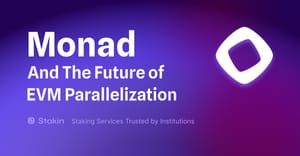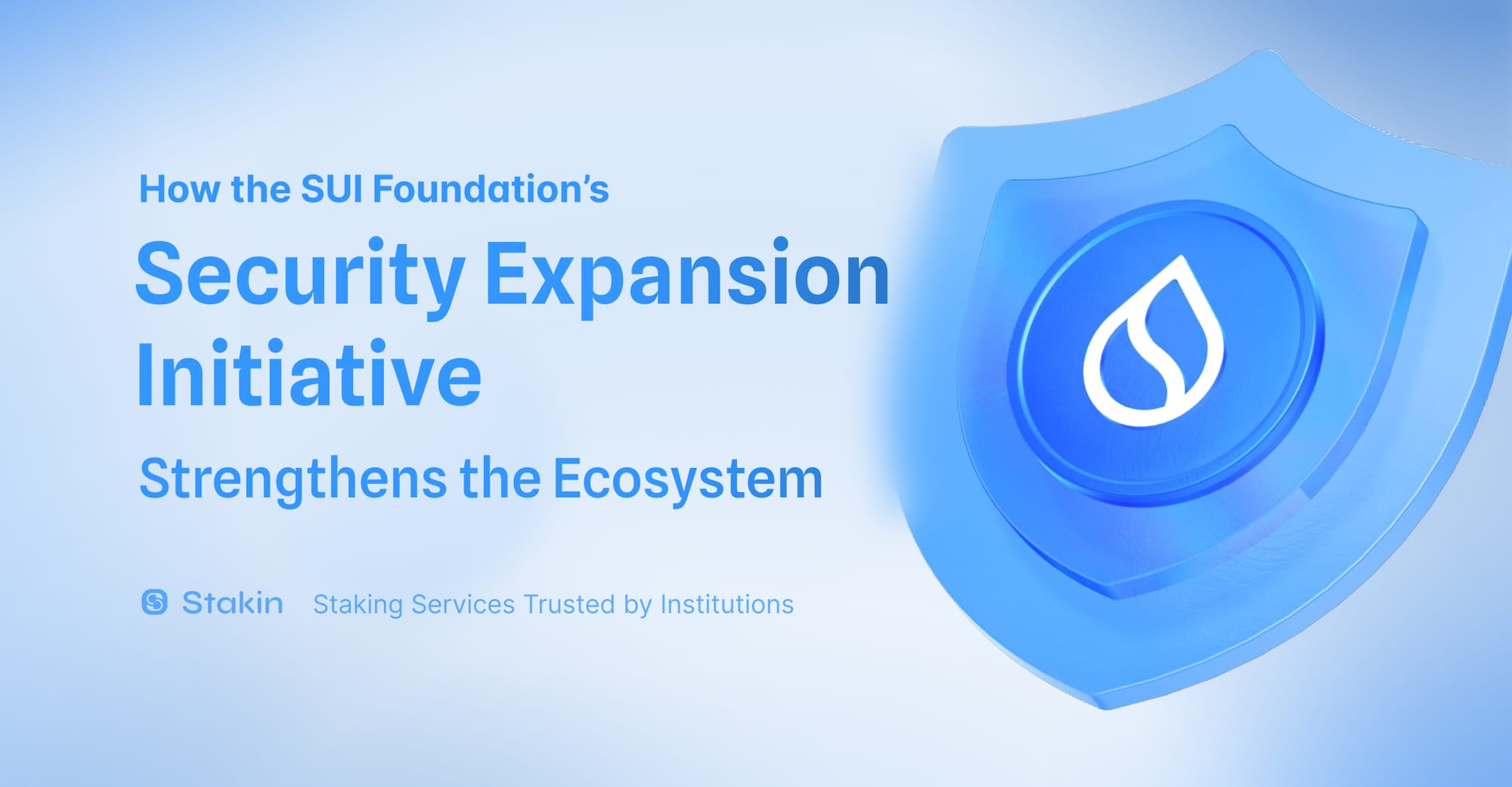According to Inside Venture Capital, blockchain infrastructure startups have raised $1.7B in 2024, the largest volume of VC funding deployed within the sector. The largest funding round in the sector was Layer-1 blockchain Monad’s $225M investment.
In summary, Monad brings parallel execution capabilities to the EVM. Before we elaborate on Monad, let’s explain EVM parallelization (PEVM) and why it attracts investors’ interest.
What is EVM parallelization?
Before we understand EVM parallelization, let’s briefly explore what the Ethereum Virtual Machine (EVM) is.
EVM is a software that executes smart contracts and computes the state of the Ethereum network after each new block is added to the chain. It allows for the execution of smart contracts on the Ethereum Network and provides the infrastructure vital to all transactions happening on the blockchain.
Traditionally, transactions on Ethereum are handled sequentially. This execution model simplifies hardware requirements, but on the downside, it creates limitations in handling the increasing volume of transactions.
Sequential transaction handling worsens during peak usage, resulting in longer transaction processing time, higher gas fees vis-a-vis demand surge, and an overall fractured user experience. As Ethereum gains more users and popularity, the need to scale the network’s capabilities also increases.
Several paths to Ethereum scalability are being explored, including rollups, side chains, sharding, and validiums. The EVM is the universal standard of Web3; over 96% of all capital in DeFi is in EVM apps. Despite its domination, EVM-compatible blockchains have very low throughput: Ethereum supports approximately 10 transactions per second, and no EVM rollup is over 50 TPS (Transactions per Second).
Parallelized EVMs are the latest attempt at achieving Ethereum scalability. The idea of a parallel EVM is not just another Ethereum scaling solution but a fully-fledged idea that has started harnessing mindshare among the broader crypto community.
Parallelization means virtual machines running parallelly on separate threads within the network computer. Each thread executes transactions and generates pending results. These pending results track the transactions' inputs and outputs, which are then returned to their original linear order. If any pending result has inputs that have been invalidated, then a transaction must be rescheduled.
PEVMs can, therefore, significantly reduce transaction times and fees by removing network bottlenecks, making Ethereum more user-friendly and accessible to developers and users.
With PEVMs paving the way for faster and cheaper transactions, Ethereum can potentially handle a much larger volume of transactions. This increases the scope for widespread adoption of dApps and DeFi, bringing the power of blockchain to a broader audience.
Most popular PEVM
The current PEVM frontrunners are Sei, Neon, and Monad. The Sei Network went live in August 2023. Neon is also active and working on integrating Ethereum decentralized applications (dApps) into the Solana ecosystem. Meanwhile, Monad is gearing up for the mainnet launch in November 2025.
“Sei uses Geth, the Go implementation of the EVM, to achieve full EVM bytecode compatibility. This is different from Monad, which creates a custom EVM implementation.
Despite these differences, Monad and Sei use optimistic parallel execution to achieve parallel processing. Optimistic parallelization is an approach that allows the blockchain to support parallelization without requiring developers to define any dependencies
Monad - taking the path never taken
Monad Labs closed its Series A funding round at $225M in April 2024, led by Paradigm and joined by Electric Capital, Coinbase Ventures, CoinFund, Castle Island Ventures, Animoca Ventures and others.
Unlike other EVM blockchains, Monad is reconfigured from the ground up with custom execution and consensus clients. It boasts 10,000 TPS (transactions per second) and single-slot finality with full EVM bytecode compatibility.
Instead of increasing execution bandwidth by sacrificing decentralization, an approach common with L2 networks, Monad takes a different path. Monad has introduced in-depth optimizations across all levels of the stack, effectively redesigning the whole EVM—from the database layer to the virtual machine layer to the consensus and networking layer.
To get more technical, these optimizations, including asynchronous, optimistic parallel execution and a state database optimized for Merkle Patricia Trie data (MonadDb), are the cornerstones of EVM scalability. High-performance consensus (MonadBFT) unlocks decentralization through minimum hardware requirements and optimized network communication. Significant improvements to the EVM architecture will allow Web3 builders to bring novel distributed applications to market.
Monad introduces these low-level optimizations, allowing retail-grade hardware to deliver excellent performance while maintaining a high degree of decentralization. As the research community focused on rollups, data availability, and other scaling directions, Monad went deep on the pure execution side.
Closing thoughts
EVM Parallelization (PEVM) is no longer just another Ethereum scalability approach but a full-blown crypto narrative gaining significant mindshare across the Ethereum community. Monad, set to launch mainnet in November 2025, is the current leader of the PEVM narrative.
To decrease transaction processing times and gas prices, developers must focus on the blockchain database, which Monad is currently doing, building a custom state database that supports parallel access.
PEVM, however, is not without challenges. It introduces increased complexity, as implementing and maintaining robust PEVMs can be technically demanding. As such, developers and users may face a steep learning curve.



